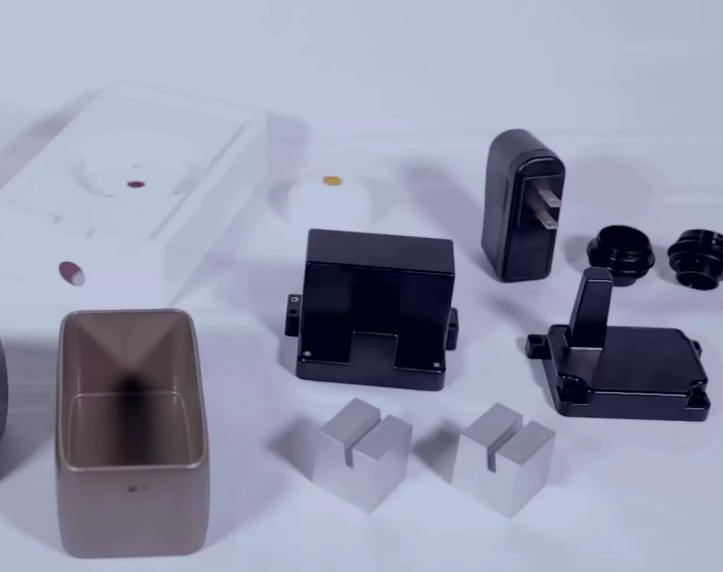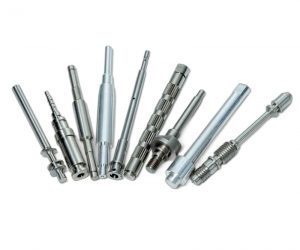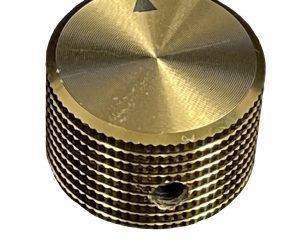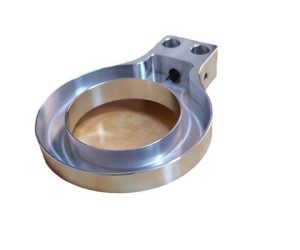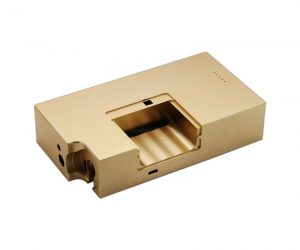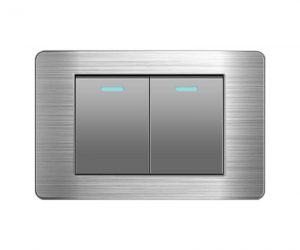Cooling is a critical phase in the injection molding process, playing a direct role in shaping the final product’s quality, consistency, and cycle time. This stage involves removing heat from the molten plastic to solidify it into the desired shape and dimension. The way cooling is managed can significantly impact both the productivity and the product quality. In this article, we’ll dive into the cooling process, its importance, and how to optimize cooling systems to improve injection molding outcomes.
Why Cooling Is Crucial in Injection Molding
When molten plastic is injected into a mold, the cooling process is essential for solidifying the plastic, transforming it from a liquid to a rigid form. Cooling is responsible for determining:
- Product Quality: Proper cooling ensures that the molded parts are dimensionally accurate, free from defects like warping or sink marks, and exhibit consistent mechanical properties.
- Cycle Time: Cooling time can account for 60-70% of the total molding cycle. Optimizing this phase can improve overall cycle times and increase the efficiency of the production process.
- Energy Efficiency: Efficient cooling reduces the energy consumed during production, leading to lower operational costs.
- Dimensional Stability: Uneven or rapid cooling can cause residual stresses or distortions, negatively impacting the final product.
How Cooling Works in Injection Molding
Cooling in injection molding primarily involves transferring the heat from the molten plastic to the mold, and then from the mold to a cooling medium (usually water or air). Here's a breakdown of the key steps:
- Cooling Channels: The mold is designed with built-in cooling channels that carry the coolant (water or oil) around the mold cavity. These channels absorb heat from the molten plastic and transport it away from the part.
- Coolant Flow: The coolant circulates through the mold at a specific flow rate and pressure, drawing heat away from the mold. The rate of flow and pressure are crucial to ensuring efficient heat removal.
- Heat Exchange: After the coolant absorbs the heat from the mold, it is returned to a cooling unit (e.g., a chiller or tower) to cool it down before it is recirculated through the mold.
- Solidification: As the molten plastic cools, it solidifies into the shape of the mold cavity, forming the desired part.
Types of Cooling Systems in Injection Molding
The efficiency of the cooling process depends on the type of cooling system used. There are two main types:
1. Air Cooling
Air cooling uses ambient air to cool the mold. This method is less common in injection molding but can be employed in some applications, especially when dealing with less complex molds or when water cooling is not feasible.
- Advantages:
- Low initial cost and easy maintenance.
- Suitable for certain small or less complex parts.
- Disadvantages:
- Low heat transfer capability due to air's poor thermal conductivity.
- Less effective at cooling larger or more intricate molds.
- High noise levels due to fans or blowers used for air circulation.
2. Water Cooling
Water cooling is the most commonly used cooling method in injection molding. Water, with its higher thermal conductivity compared to air, is far more effective at absorbing and dissipating heat from the mold.
- Advantages:
- Efficient heat removal, leading to faster cycle times.
- Better suited for complex and large molds.
- More consistent and predictable cooling performance.
- Disadvantages:
- Higher initial infrastructure cost (pumps, pipes, chillers).
- Requires regular maintenance to prevent scaling, corrosion, or leaks.
- Risk of condensation if the mold surface temperature drops below the dew point of the surrounding air.
Best Practices for Optimizing Cooling in Injection Molding
Optimizing the cooling process requires careful planning and design considerations. Here are some best practices to improve cooling performance:
1. Choose the Right Coolant and Temperature
Selecting the appropriate coolant is vital for effective heat transfer. While water is the most common choice for thermoplastics, certain materials (like thermosets) may require oil-based coolants. Additionally, the coolant temperature should be kept low enough to avoid thermal shock or condensation but high enough to prevent freezing or excessive viscosity.
2. Design Balanced Cooling Channels
The cooling channels should be evenly distributed around the mold cavity to ensure uniform cooling across the part. If cooling channels are too far from the mold cavity, heat removal will be less efficient, leading to increased cycle times and potential part defects. The channels should also maintain a consistent diameter and shape to ensure smooth coolant flow.
3. Minimize the Distance Between the Cooling Channels and Mold Surface
The closer the cooling channels are to the mold surface, the more effective the cooling process will be. However, care must be taken to balance this with the structural integrity of the mold, as excessive cooling channel placement too close to the cavity surface could weaken the mold.
4. Optimize Coolant Flow Rate and Pressure
The flow rate and pressure of the coolant need to be carefully controlled. Insufficient flow can result in inadequate heat dissipation, while excessive flow can lead to increased energy consumption and wear on the cooling system. Optimal flow ensures that the coolant moves swiftly enough to remove heat without causing turbulence or erosion inside the mold channels.
5. Leverage Turbulent Flow for Enhanced Heat Transfer
Turbulent flow, which occurs when the coolant moves rapidly and irregularly, is much more effective at transferring heat than laminar (smooth) flow. Techniques like reducing the diameter of cooling channels or adding baffles to encourage turbulent flow can help improve the cooling efficiency.
6. Incorporate Conformal Cooling Channels
Conformal cooling refers to cooling channels that closely follow the shape of the mold cavity, rather than being straight or circular. This advanced technique can drastically improve cooling efficiency by allowing for more even heat distribution throughout the mold. Conformal cooling channels can be designed using 3D printing or laser sintering technologies.
Conclusion
Cooling is a vital step in the injection molding process, directly affecting the cycle time, quality, and energy efficiency of production. Proper cooling ensures the dimensional accuracy, surface finish, and overall integrity of the molded parts. By carefully designing the mold's cooling system, selecting the right cooling medium, and optimizing flow rates, manufacturers can improve both the speed and quality of their injection molding processes.
Incorporating advanced techniques such as turbulent flow or conformal cooling can take the cooling system to the next level, enabling faster cycle times, fewer defects, and improved energy efficiency. Following the best practices and guidelines outlined here can help manufacturers optimize their injection molding processes for maximum performance and cost-effectiveness.
If you're looking to optimize your injection molding process or need help with designing an effective cooling system, don’t hesitate to reach out. We are here to assist you with expert advice and solutions to enhance your injection molding operations.
